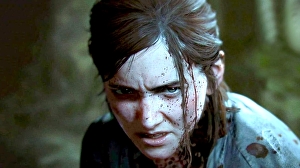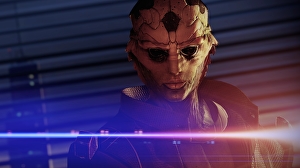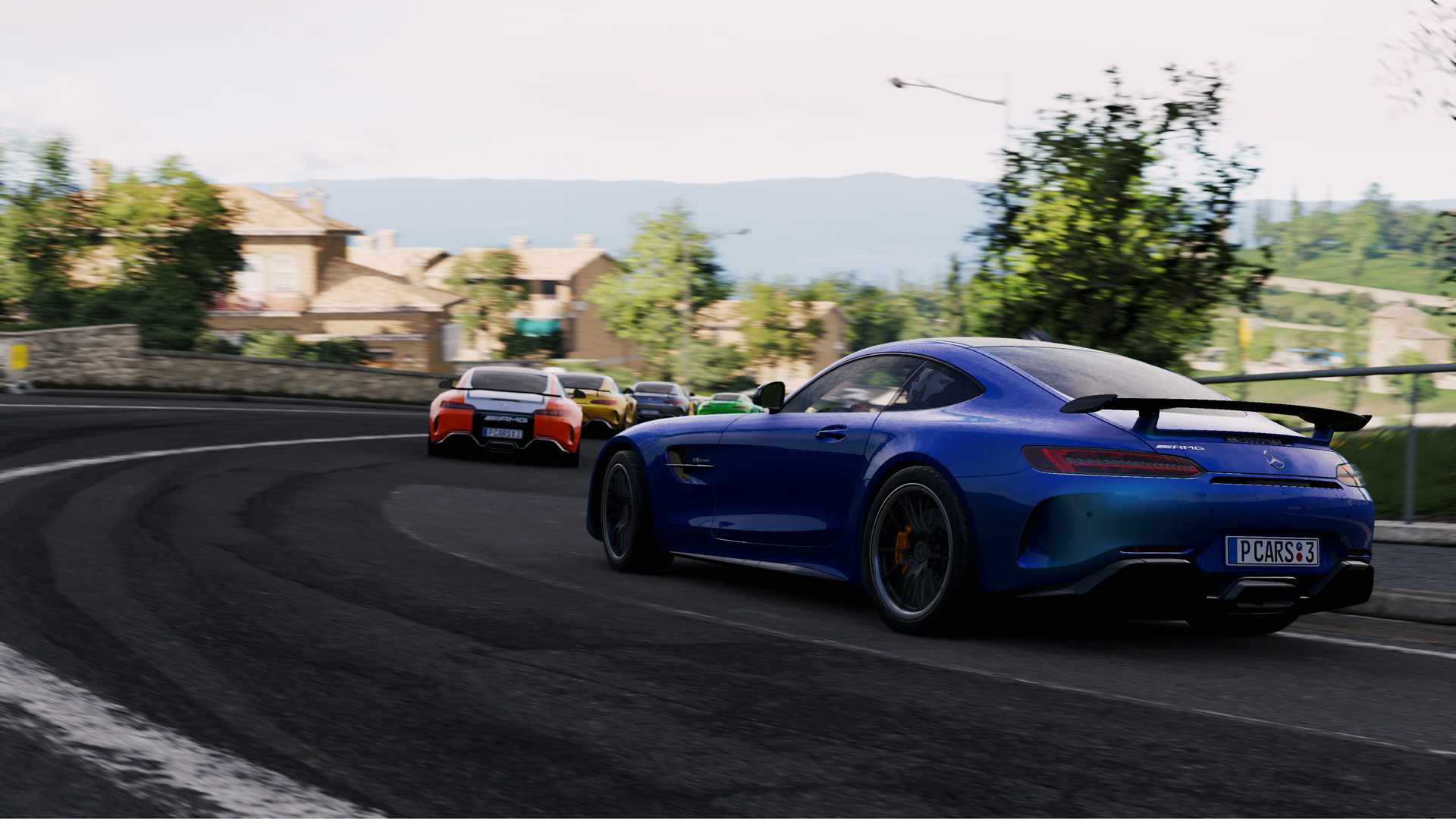

It’s become something of a Digital Foundry tradition to pull out all of the stops when a new first-party console exclusive arrives, especially from a developer with a rich history in elevating the state of the art. We plan to do exactly that with Naughty Dog’s The Last of us Part 2 – one of the most technologically impressive games of the generation and a fitting farewell to PlayStation 4 from one of its most talented studios. However, stringent embargo conditions mean that this coverage will arrive the day the game launches. For now, video restrictions means that we can’t show you any new game areas beyond those from the preview phase, and by extension, attempting to produce our style of video review would do the game a disservice as a result – we don’t feel we can show you what makes this game great. Our choice is to wait until the embargo phase is over before delivering our (still spoiler-free) tech review coverage, but in the here and now, we can at least address platform comparisons and performance – and the picture here is rosey.
Flashback to June 2013 and the release of The Last of Us on PlayStation 3. In delivering its post-apocalyptic America, the developer faced a huge challenge – not only to create the most detailed, visually dense environments it had ever created (heavy on foliage and organics – not so easy to render) but also to light them appropriately. The key issue here is the lack of direct light sources in the game, with most of the lighting delivered via indirect lighting from the sun. Naughty Dog needed to simulate how sunlight would bounce around the world via baked and real-time calculated lighting. Meanwhile, the developer also upped the ante with GPU-intensive transparency effects and particle work – particularly intensive with the Infected’s spore cloud attacks. Add that to improvements in physics, animation and AI and the end result was a game that pushed PlayStation 3 hard, really hard, and to put it simply, it couldn’t quite cope. 30 frames per second was the target but much of the game would play out in the low to mid 20s. It took the graphics-heavy horsepower PS4 and PS4 Pro to deliver a TLOU experience that eliminated the game’s performance limitations.
And that’s why it’s important to put The Last of Us Part 2 through its paces, something we can do in the here and now. We’re seeing Naughty Dog tackle many of the same objectives here that it had with its PlayStation 3 epic but with a generational leap in ambition. Environments are even more detailed, more overgrown and foliage-rich – delivered with a far wider scope (something only hinted at in the media revealed by Naughty Dog so far). Indirect lighting is also expertly rendered and there are moments in the game where you just have to sit back and appreciate the spectacle – the way that light interacts with physical materials has been elevated to another level this generation and The Last of Us Part 2 succeeds in delivering an eerily natural look. It achieves all of this with a level of performance that its predecessor lacked. Running at 30fps isn’t the target, it’s the default for the vast majority of the experience.





